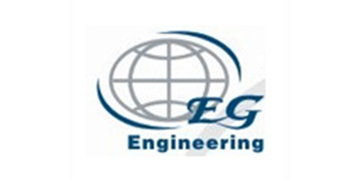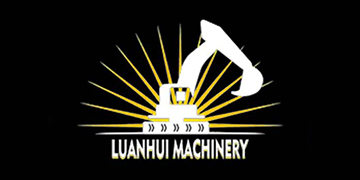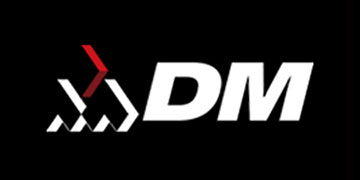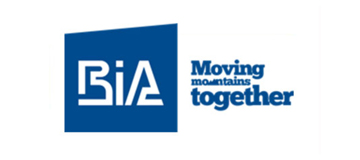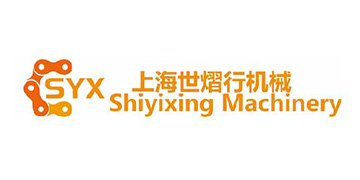
×
Rejoignez notre liste de diffusion pour des mises à jour régulières
Zoomlion Camions Grues à Vendre
Nous avons trouvé 28 annonces susceptibles de vous plaire
Grues
×
Camions Grues
×
Zoomlion
×
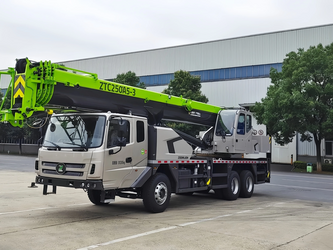
PREMIUM
2025 Zoomlion ZTC250A5-3
Neuf, Camions Grues
Changsha, Chine

PREMIUM
2020 Zoomlion ZTC550H552
4,000 Hrs, D'occasion, Camions Grues
Changsha, Chine
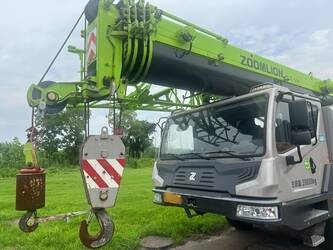
2021 Zoomlion 35T
D'occasion, Camions Grues
Changsha, Chine
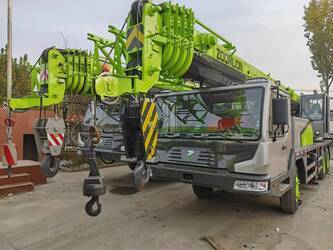
2021 Zoomlion ZTC250
3,910 Hrs, D'occasion, Camions Grues
Shanghai, Chine
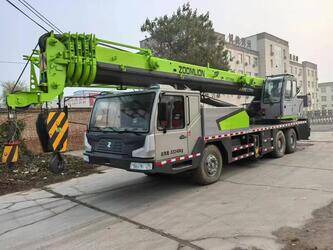
2022 Zoomlion ZTC250
2,394 Hrs, D'occasion, Camions Grues
Shanghai, Chine

2022 Zoomlion ZTC1000
2,369 Hrs, D'occasion, Camions Grues
Shanghai, Chine

2021 Zoomlion ZTC350
3,024 Hrs, D'occasion, Camions Grues
Shanghai, Chine

2022 Zoomlion ZTC800
3,232 Hrs, D'occasion, Camions Grues
Shanghai, Chine
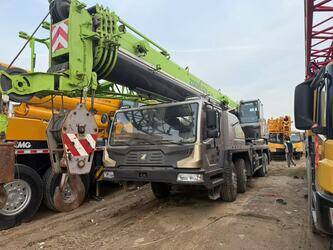
2021 Zoomlion ZTC500
2,304 Hrs, D'occasion, Camions Grues
Shanghai, Chine

Prix
25,000 USD
2016 Zoomlion JQ220V
5,000 Hrs, D'occasion, Camions Grues
Hangzhou, Chine


2016 Zoomlion ZLJ5280JQ220V
5,000 Hrs, D'occasion, Camions Grues
Hangzhou, Chine
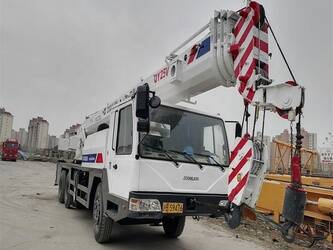
Prix
49,000 USD
2018 Zoomlion QY25V
D'occasion, Camions Grues
Shanghai, China, Chine

2013 Zoomlion QY35V5
D'occasion, Camions Grues
Changsha, Chine

2014 Zoomlion QY80V
D'occasion, Camions Grues
Changsha, Chine

Prix
75,000 USD
2020 Zoomlion ZTC800V
D'occasion, Camions Grues
Shanghai, Chine
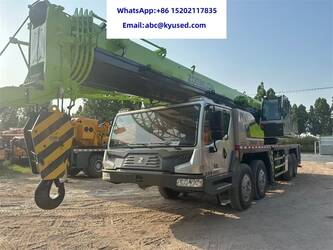
2022 Zoomlion ZTC700V
500 Hrs, D'occasion, Camions Grues
Shanghai, Chine
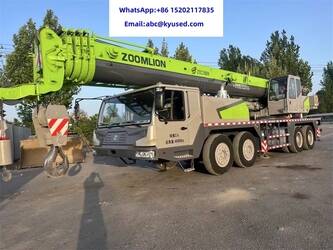
2022 Zoomlion ZTC700V
1,500 Hrs, D'occasion, Camions Grues
Shanghai, Chine
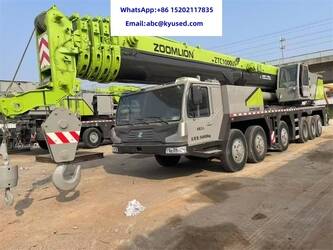
2022 Zoomlion ZTC1000V
500 Hrs, D'occasion, Camions Grues
Shanghai, Chine

2023 Zoomlion ZTC250V
200 Hrs, D'occasion, Camions Grues
Shanghai, Chine

2022 Zoomlion ZTC700V
500 Hrs, D'occasion, Camions Grues
Shanghai, Chine
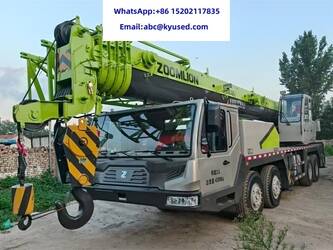
2022 Zoomlion ZTC500V
500 Hrs, D'occasion, Camions Grues
Shanghai, Chine
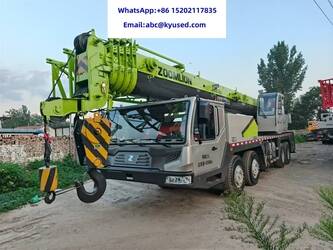
2022 Zoomlion ZTC500V
1,500 Hrs, D'occasion, Camions Grues
Shanghai, Chine
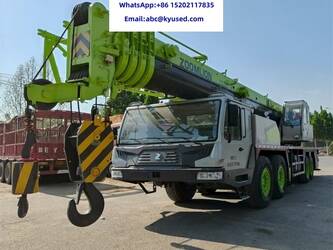
2023 Zoomlion ZTC800V
500 Hrs, D'occasion, Camions Grues
Shanghai, Chine
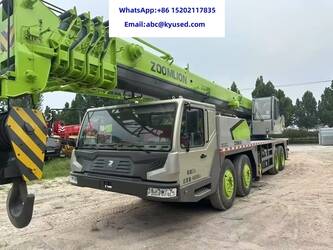
2021 Zoomlion ZTC700V
500 Hrs, D'occasion, Camions Grues
Shanghai, Chine
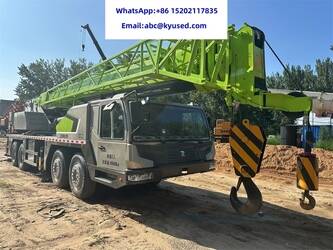
2023 Zoomlion ZTC700V
200 Hrs, D'occasion, Camions Grues
Shanghai, Chine

2023 Zoomlion ZTC300V
200 Hrs, D'occasion, Camions Grues
Shanghai, Chine

Prix
36,500 USD
2019 Zoomlion QY25V
D'occasion, Camions Grues
Shanghai, China, Chine

Prix
49,000 USD
2019 Zoomlion QY25V
D'occasion, Camions Grues
Shanghai, China, Chine
Partager
 Équipement De Construction
Équipement De Construction
 Grues
Grues
 Manutention
Manutention
 Camions et remorques
Camions et remorques
 Véhicules
Véhicules
 Équipement Agricole
Équipement Agricole
 Enchères en Direct
Enchères en Direct



